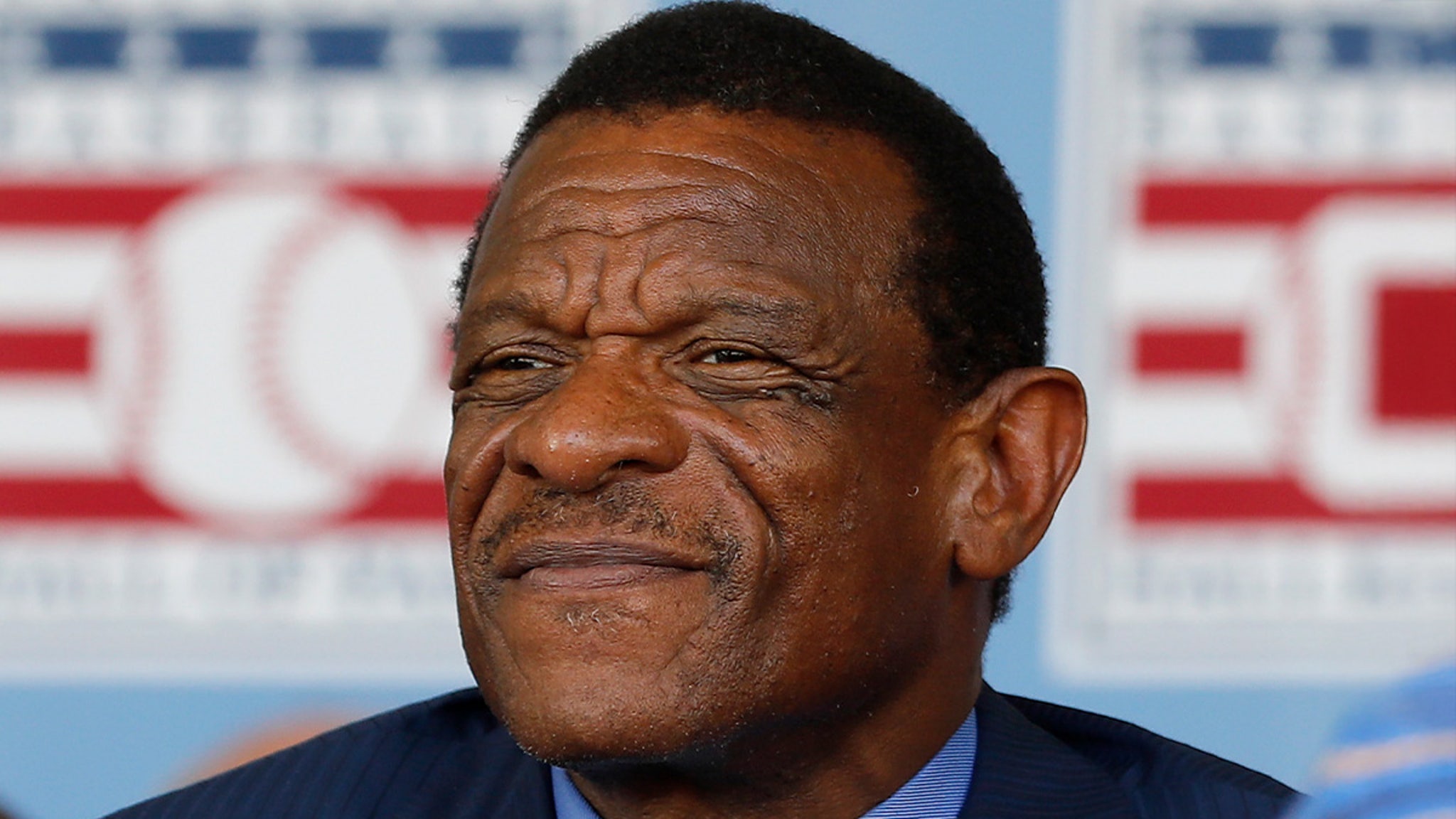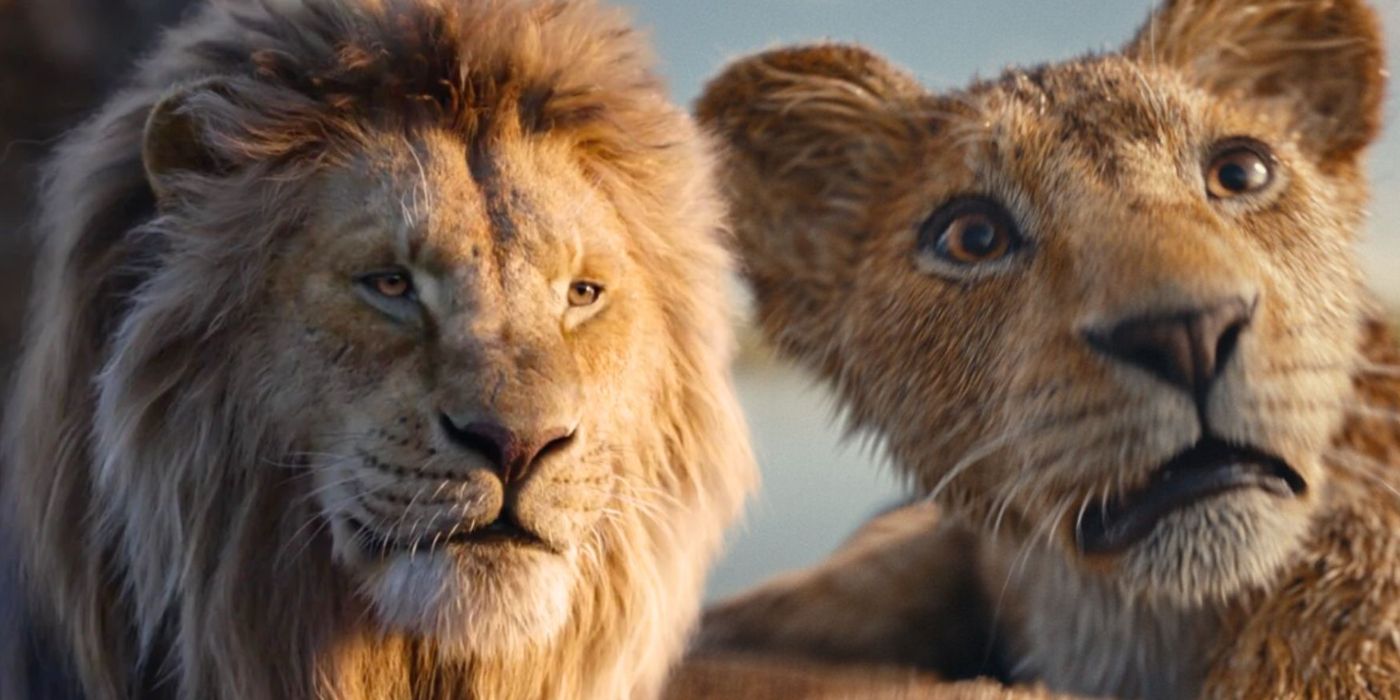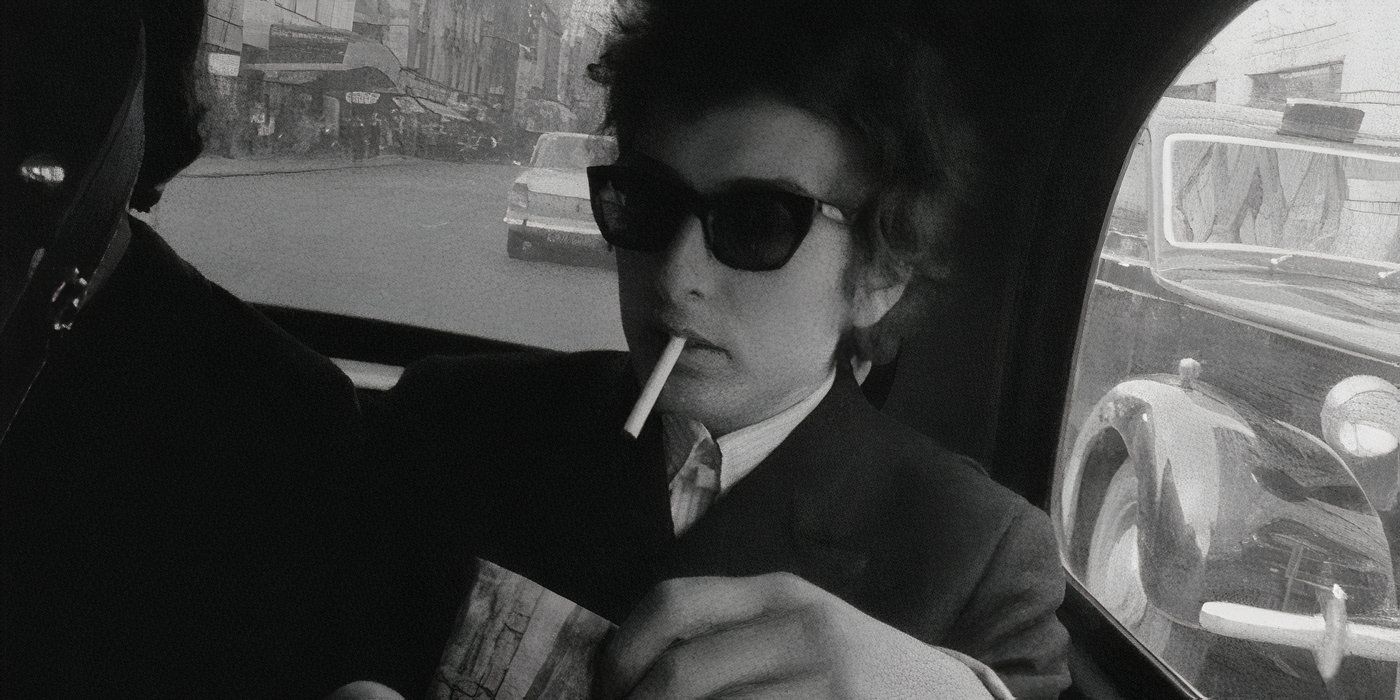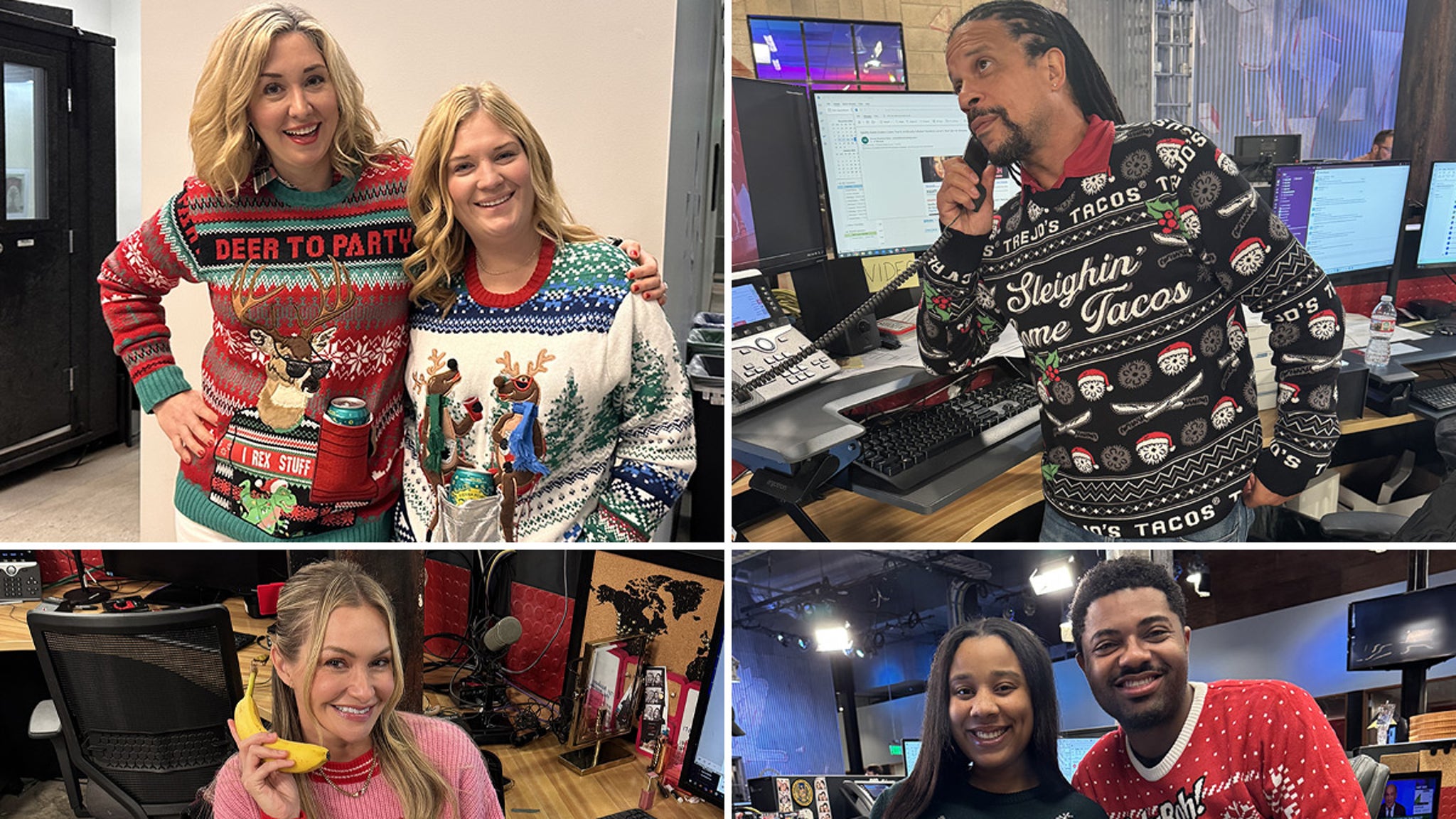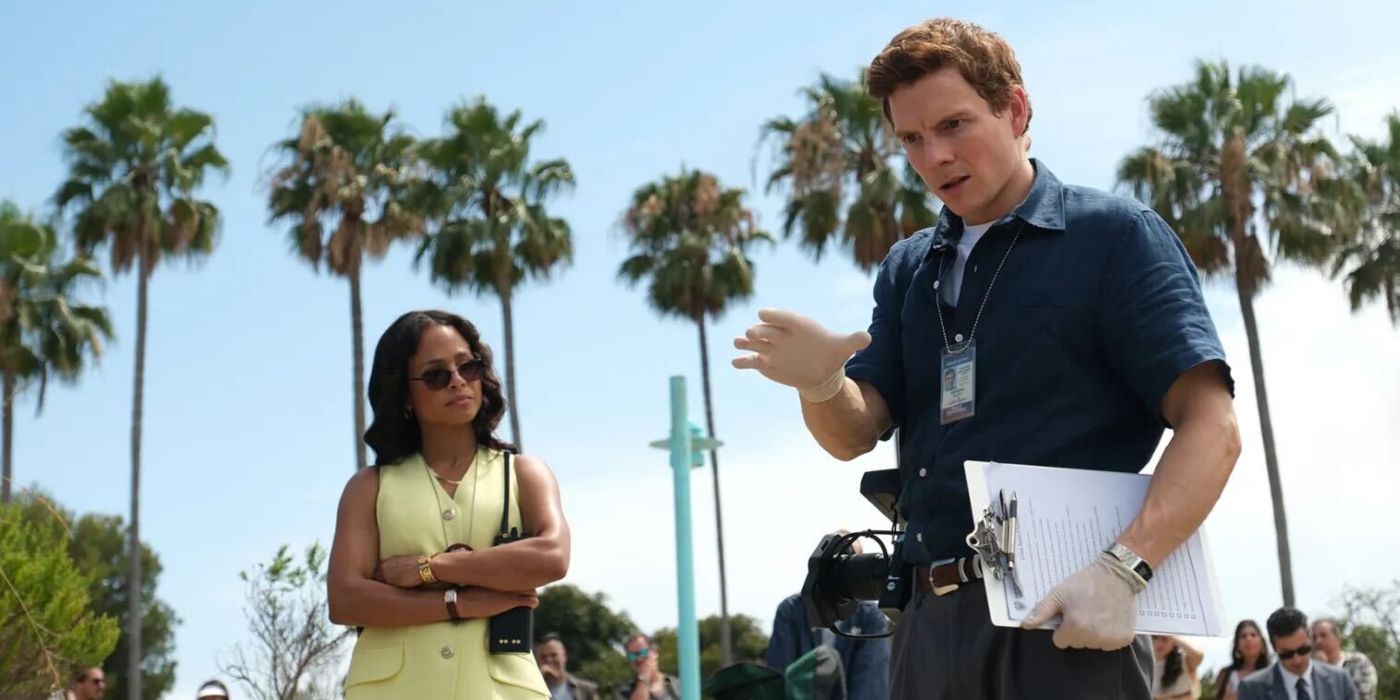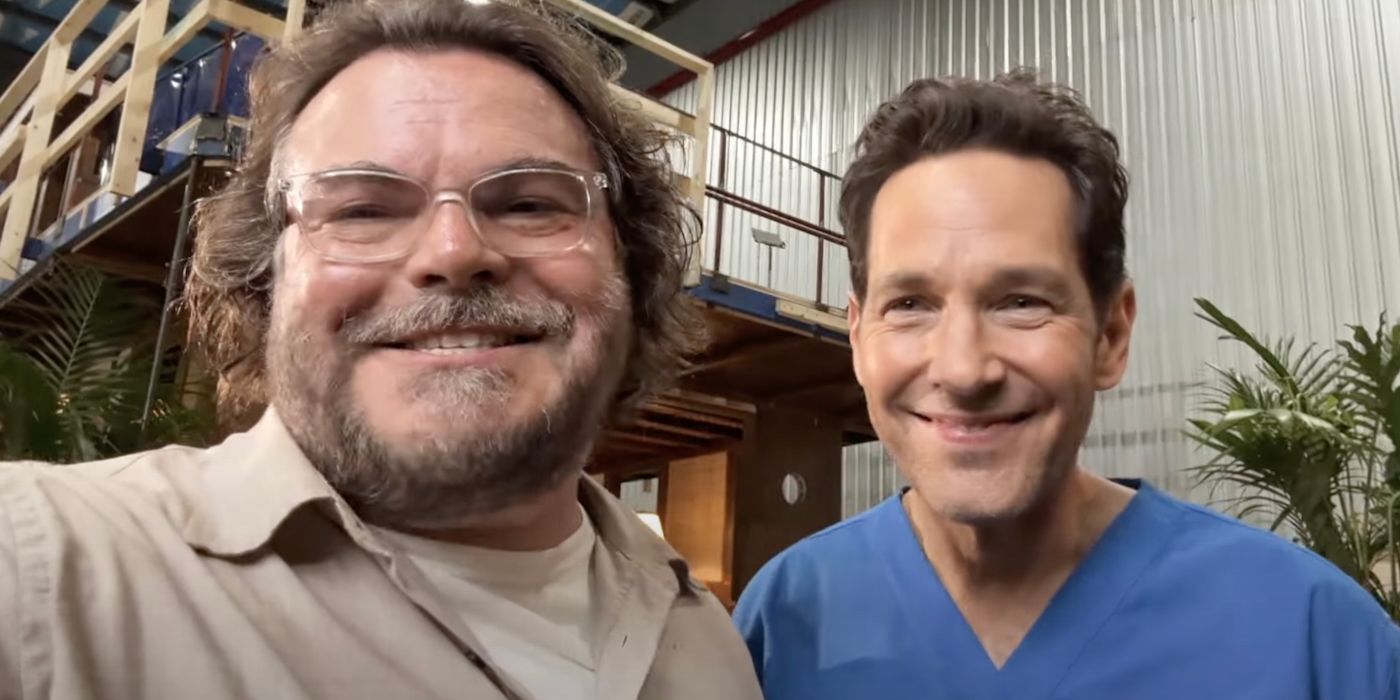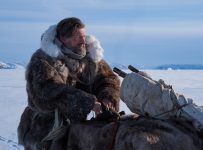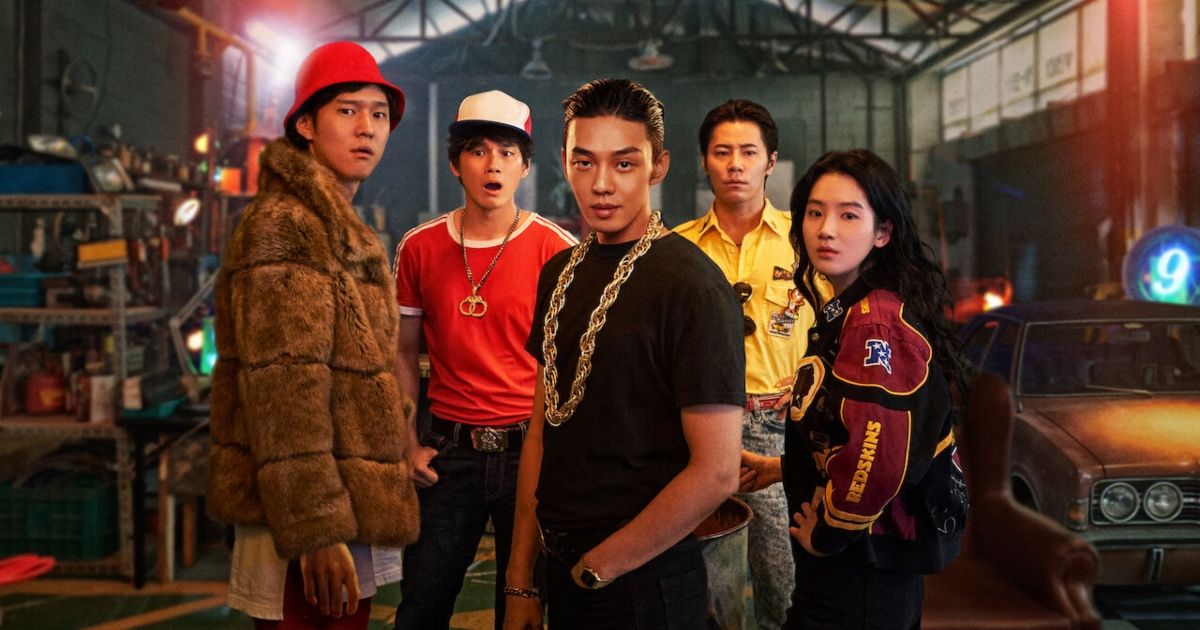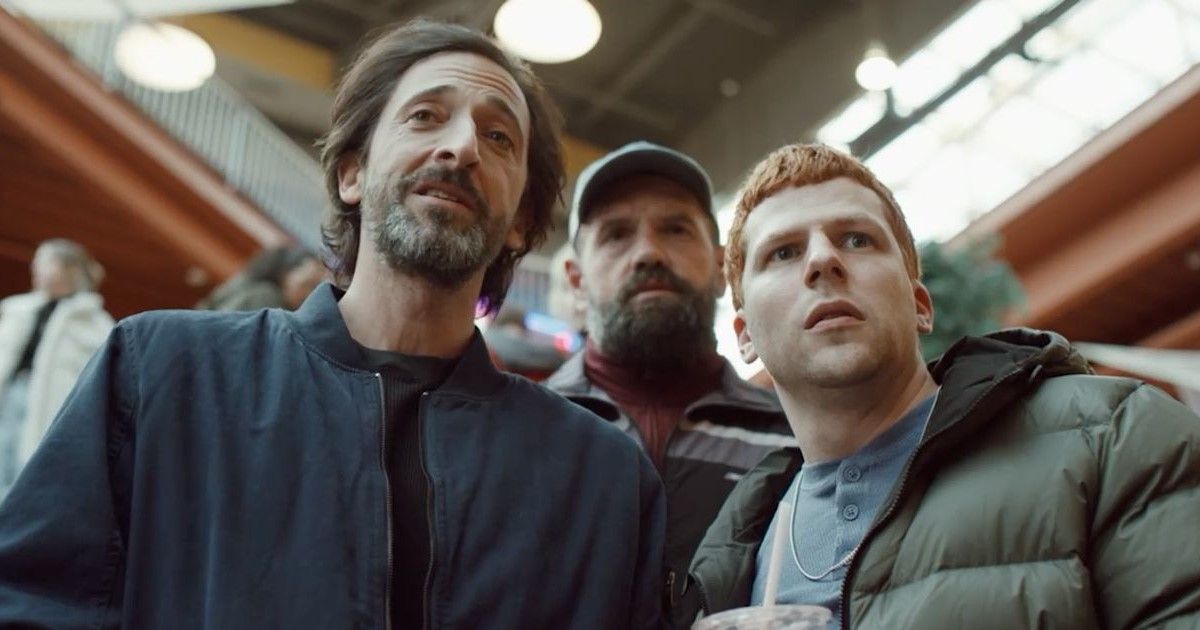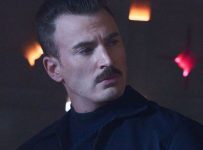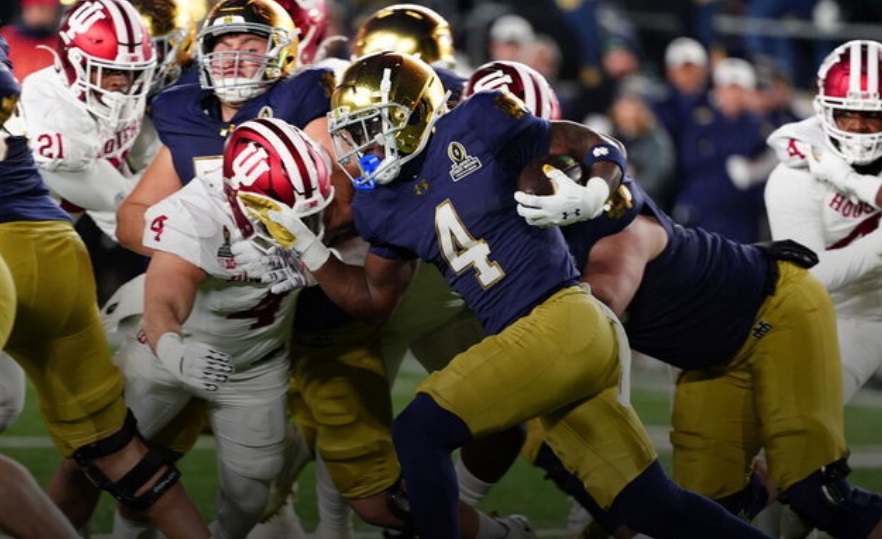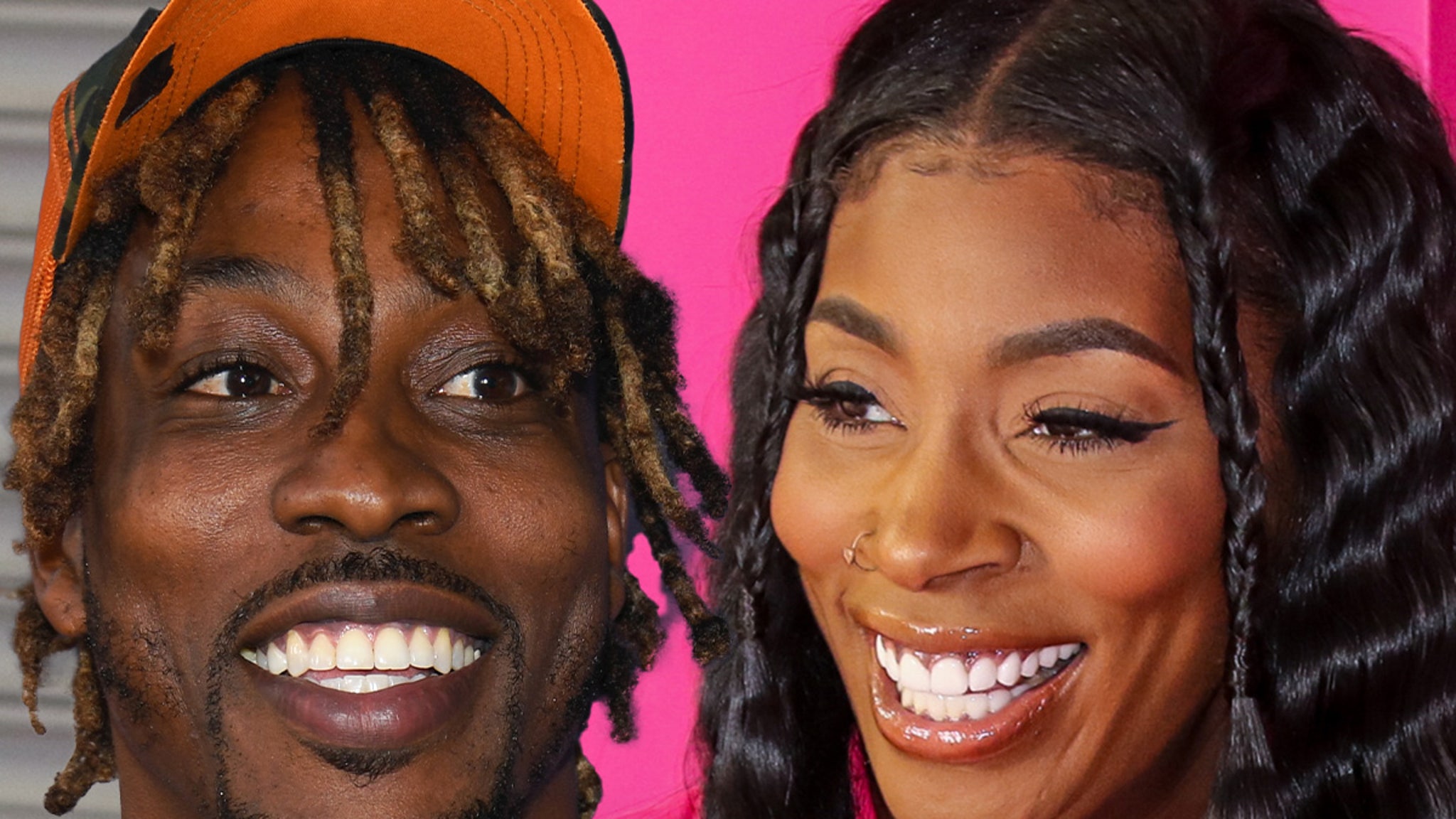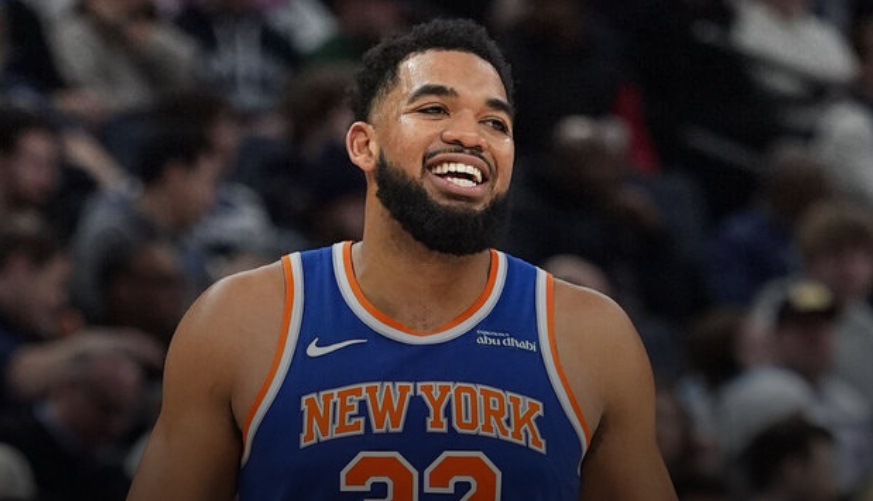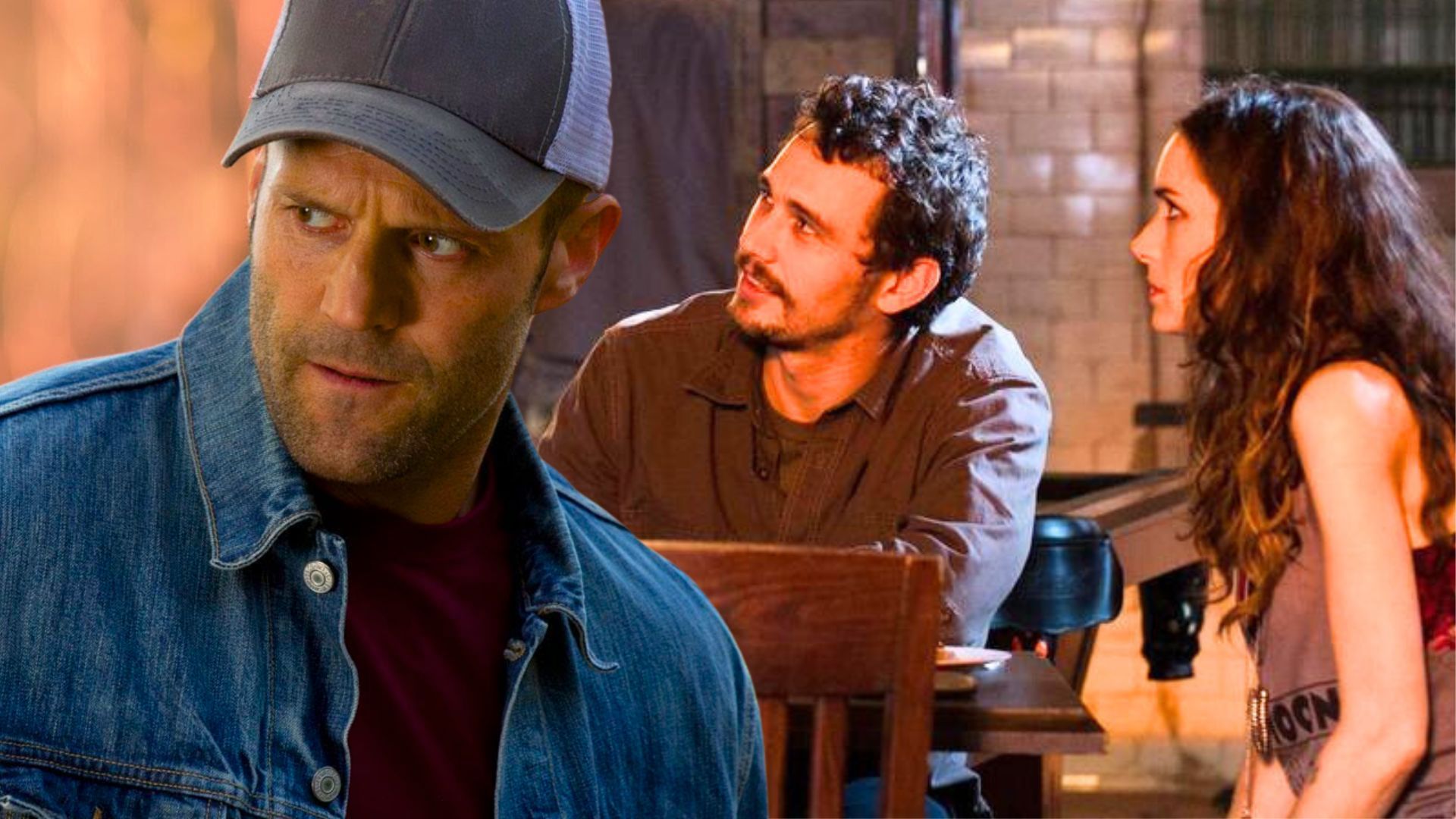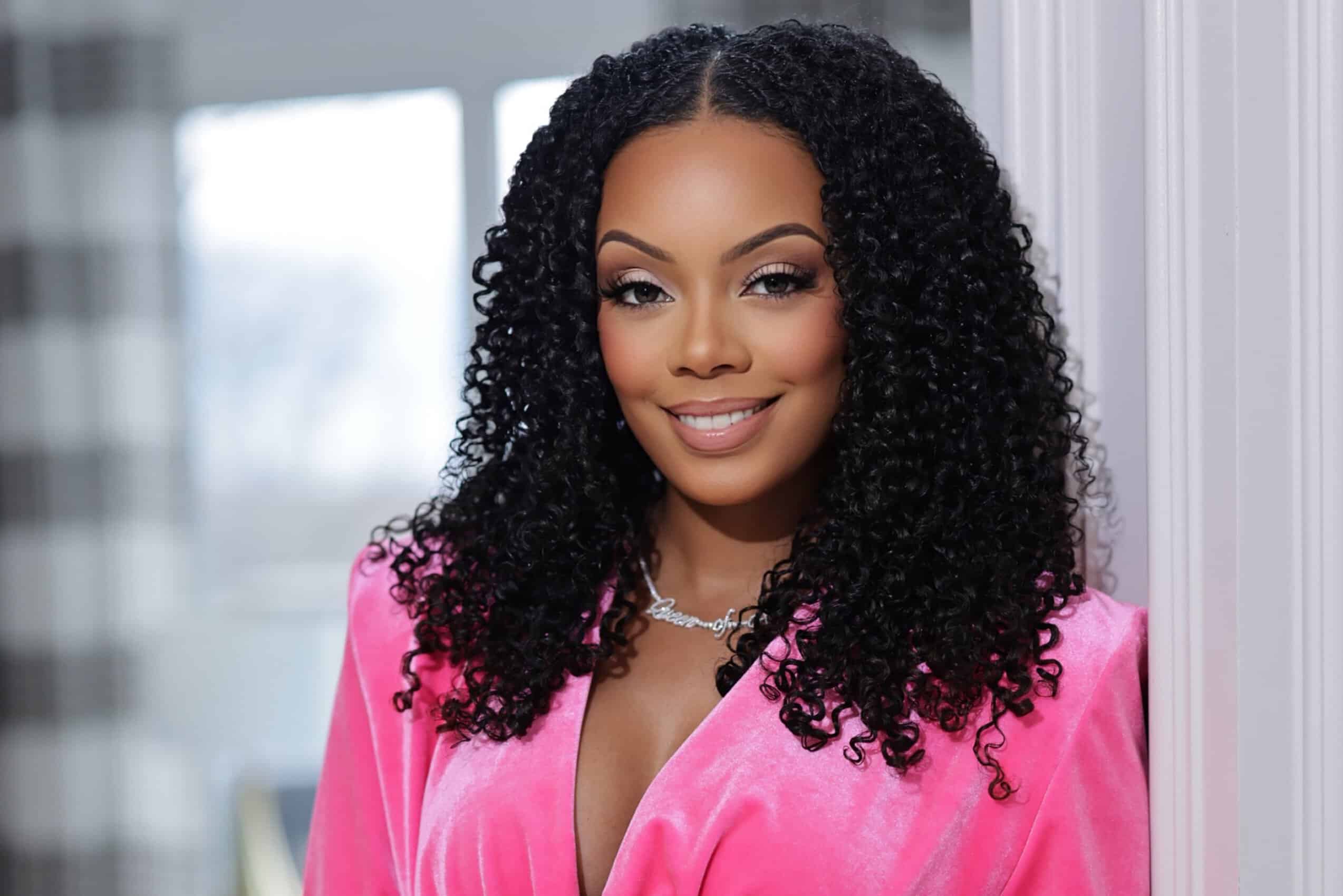The dark horror-comedy tells the story of 13-year-old Kat Elliot (Lyric Ross), a rebellious gothic orphan attending an all-girls Catholic school close to her burned-down hometown Rust Banks where she suffered the loss of her parents. Through supernatural circumstances, Kat finds herself becoming a hell maiden to two scheming demon brothers Wendell (Keegan Michael Key) and Wild (Jordan Peele), who want to open up an amusement park in the land of the living. Amid the demon entities, a rich and murderous conservative family crafts a sinister plot to open up a private prison institution where Rust Banks used to be.
RogerEbert.com spoke to Selick about the collaboration between him and Jordan Peele, the unique visual look of “Wendell & Wild,” and balancing between the supernatural and the social commentary.
What was the collaboration process between you and Jordan Peele like? Did you both schedule and work on the screenplay together?
It was great. It was more of a back-and-forth. I would take the first stab, and he would rewrite. He was mainly more big picture, big story, but also very much about the details of characters and the development. It kind of went like that. Occasionally, he’d take the first pass on a new thought. He was really good at dealing with studio notes. He would calm me down, and he might do an outline. He’d say, “If we shift this, this, and this, I think they’ll be happy, and we’ll still be happy.” It was like that. We would talk about things and then go back and forth. And it never ends. It’s not like, “Okay, that’s probably done.” Because when you put it all together, you realize something you thought was clear, is not clear. Or there’s a character who’s underdeveloped. And, Jordan is always good at lighting the characters and what else they need. Then maybe they were getting too much attention and they weren’t earning their keep, so we need to diminish them. In a lot of ways, he was almost like a story editor: shaping, stepping back with the big picture. And I was doing the day’s writing.
How many drafts did you do back and forth until it was completely finalized?
It’s hard to say. I mean, probably nine solid drafts. But you got to remember he had to go off and do a few movies. It was never that we just finished the draft and started the shoot. We’d draw the whole movie out in storyboards before we do the animation. So whenever you’re writing the page, the real shooting script is once you sketch it out, record the voices, and build that with what we call story reels. You build those story reels, you put in temp music, and you watch the film, it’s almost like watching a comic book in a way or like a series of comic book drawings. And then you really are fussing and moving things around in a way to get much closer to the final cut because of the shooting script. It’s a lot of drafts of writing but then many, many more drafts of the story reels. In some cases, pointing for one section in 20 versions, reworking others, and then maybe three more versions?
You can view the original article HERE.
